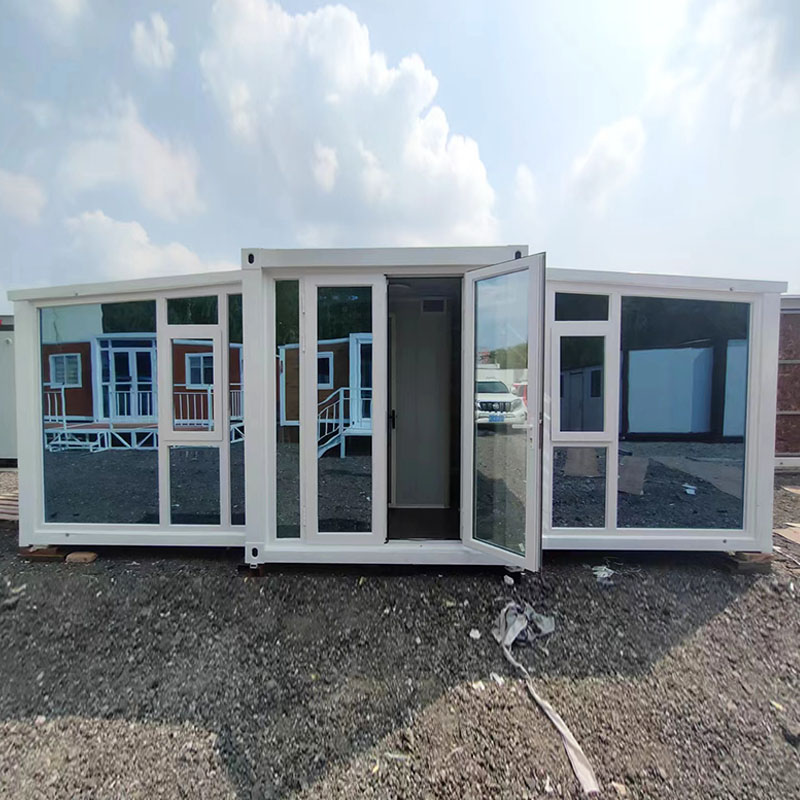Key Aspects of Container Houses
2024-05-06
A container house, also known as a shipping container home, is a type of residence constructed using repurposed shipping containers. These containers, typically made of steel, are used for transporting goods via ships, trains, and trucks. However, due to their durability, availability, and modular nature, they have become popular building materials for constructing affordable and sustainable homes.
Here are some key aspects of container houses:
1. Modularity: Shipping containers come in standard sizes, most commonly 20 or 40 feet in length, making them easy to stack and configure in various layouts. This modular nature allows for flexibility in design and construction.
2. Affordability: Container houses can be more cost-effective compared to traditional construction methods, especially when using used or surplus containers. The basic structure of the container is already in place, reducing the need for extensive framing and foundation work.
3. Sustainability: Repurposing shipping containers for housing promotes sustainability by recycling materials that would otherwise go to waste. Additionally, some container homes incorporate eco-friendly features such as solar panels, rainwater harvesting systems, and energy-efficient appliances to further reduce their environmental impact.
4. Durability: Shipping containers are designed to withstand harsh conditions during transportation, including extreme weather and rough handling. As a result, container houses are inherently sturdy and resistant to elements such as wind, water, and pests.
5. Construction Speed: Compared to traditional construction methods, building a container house can be faster since much of the structure is already in place. Depending on the complexity of the design and customization, a container home can be built in a fraction of the time it takes to construct a traditional house.
6. Customization: Despite their standardized dimensions, container houses offer plenty of opportunities for customization. Builders can modify the containers to include windows, doors, partitions, insulation, and interior finishes according to the homeowner's preferences and needs.
7. Portability: While container homes are often permanent structures, they can also be designed to be portable or modular, allowing them to be relocated if necessary. This flexibility can be advantageous for temporary housing solutions or individuals who frequently move.
Overall, container houses offer a unique blend of affordability, sustainability, durability, and flexibility, making them an appealing option for those seeking alternative housing solutions.



